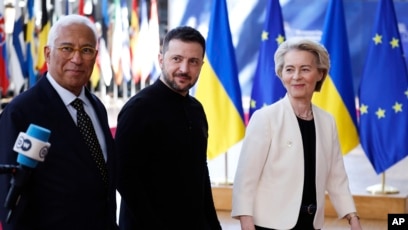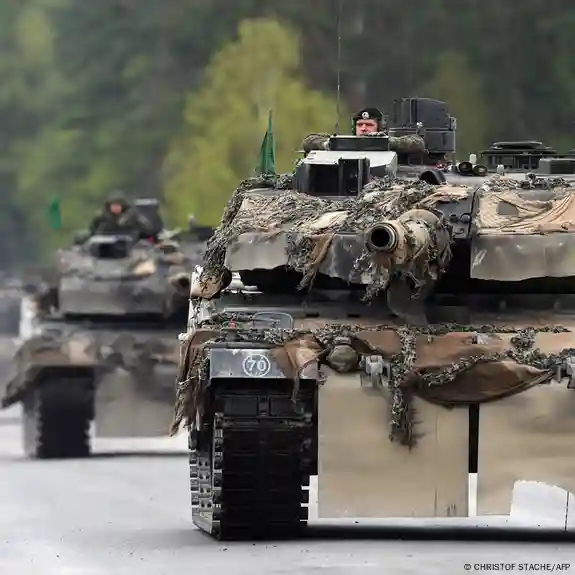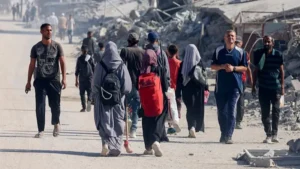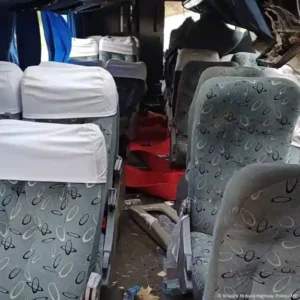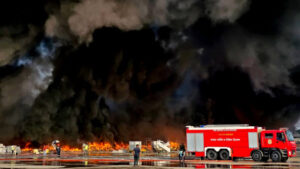Concerned by the potential loss of US security guarantees in the face of an aggressive Russia, European countries are looking to rearm. A European Union blueprint aims to kick-start the process. The European Union (EU) on Wednesday presented a white paper laying out plans to facilitate member states’ rearmament amid growing concerns that the continent may not be able to depend on support from the United States in the face of Russian aggression.
“The international order is undergoing changes of a magnitude not seen since 1945,” said the EU foreign policy chief Kaja Kallas, the former prime minister of Estonia. “This is a pivotal moment for European security. It is a pivotal moment for action.”ConflictsEurope
Europe launches defense push amid Russia threat, US worries
Matt Ford with Reuters, AFP
2 hours ago2 hours ago
Concerned by the potential loss of US security guarantees in the face of an aggressive Russia, European countries are looking to rearm. A European Union blueprint aims to kick-start the process.
https://p.dw.com/p/4s0bS
German Leopard tanks
German Leopard tanks are just one of 19 different models of main battle tank used in European armiesImage: CHRISTOF STACHE/AFP
Advertisement
The European Union (EU) on Wednesday presented a white paper laying out plans to facilitate member states’ rearmament amid growing concerns that the continent may not be able to depend on support from the United States in the face of Russian aggression.
“The international order is undergoing changes of a magnitude not seen since 1945,” said the EU foreign policy chief Kaja Kallas, the former prime minister of Estonia. “This is a pivotal moment for European security. It is a pivotal moment for action.”
What does the EU defense white paper propose?
Earlier this month, Brussels unveiled a raft of proposals to mobilize up to €800 billion ($875 billion) through EU-guaranteed loans and a relaxation of the bloc’s fiscal rules to allow states to spend more on defense.
Wednesday’s white paper, published by the European Commission, the EU’s primary executive arm, puts flesh on the bones of those plans by setting a concrete timeline for countries to react by pooling resources on joint defense and buying more European arms — starting next month.
“Regardless of the ongoing negotiations for peace in Ukraine, this is a long-term investment in [response to] a long-term plan of aggression,” Kallas said, referring to a Russian economy, which she said was in “full war mode” with 40% of its federal budget going on military expenditure.
EU countries ramped up their collective defense spending by over 30% between 2021 and 2024 in response to Russia’s threats against and then full-scale invasion of Ukraine.
Poland and the Baltic states, countries with lived memories of occupation by the Soviet Union and land borders with the Russian Federation, are already spending significantly more than the NATO threshold of 2% of GDP.
